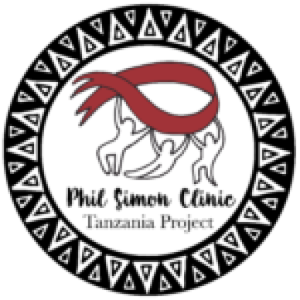“Are you OK?” I ask as I jump back from the exam table in response to my patient’s scream.
“That wasn’t her,” the interpreter clarifies. “It was a goat outside.”
I have to stifle myself from laughing at my own ignorance. Being at Kisongo Clinic has been among the most eye-opening experiences in my clinical training.
Today was Day 2 at Kisongo Clinic, and I had a full schedule. I was the only female internist available today, and consequently was seeing many female patients with “female complaints.” Practicing at Kisongo has been enlightening for multiple reasons. First, it reinforces history taking. Rather than the typical “shotgun” approach practiced in the United States of ordering multiple laboratory tests and consults, I have to make a diagnosis based on history. Physical exam is an important skill taught in medical school and quickly forgone during residency in favor of imaging. Here, I am forced to rely on the physical exam over imaging studies (of which only ultrasound is available). Lastly, the differential for each patient’s complaint is different from their age-matched peers in the United States. There are unique infectious and environmental exposures in Tanzania that broaden the differential. Vaginal discharge could be yeast infection or a sexually-transmitted disease, but it can also be cervical cancer which is more common in Africa.
The patient, translator, GOATS and I collectively laugh and carry on.
